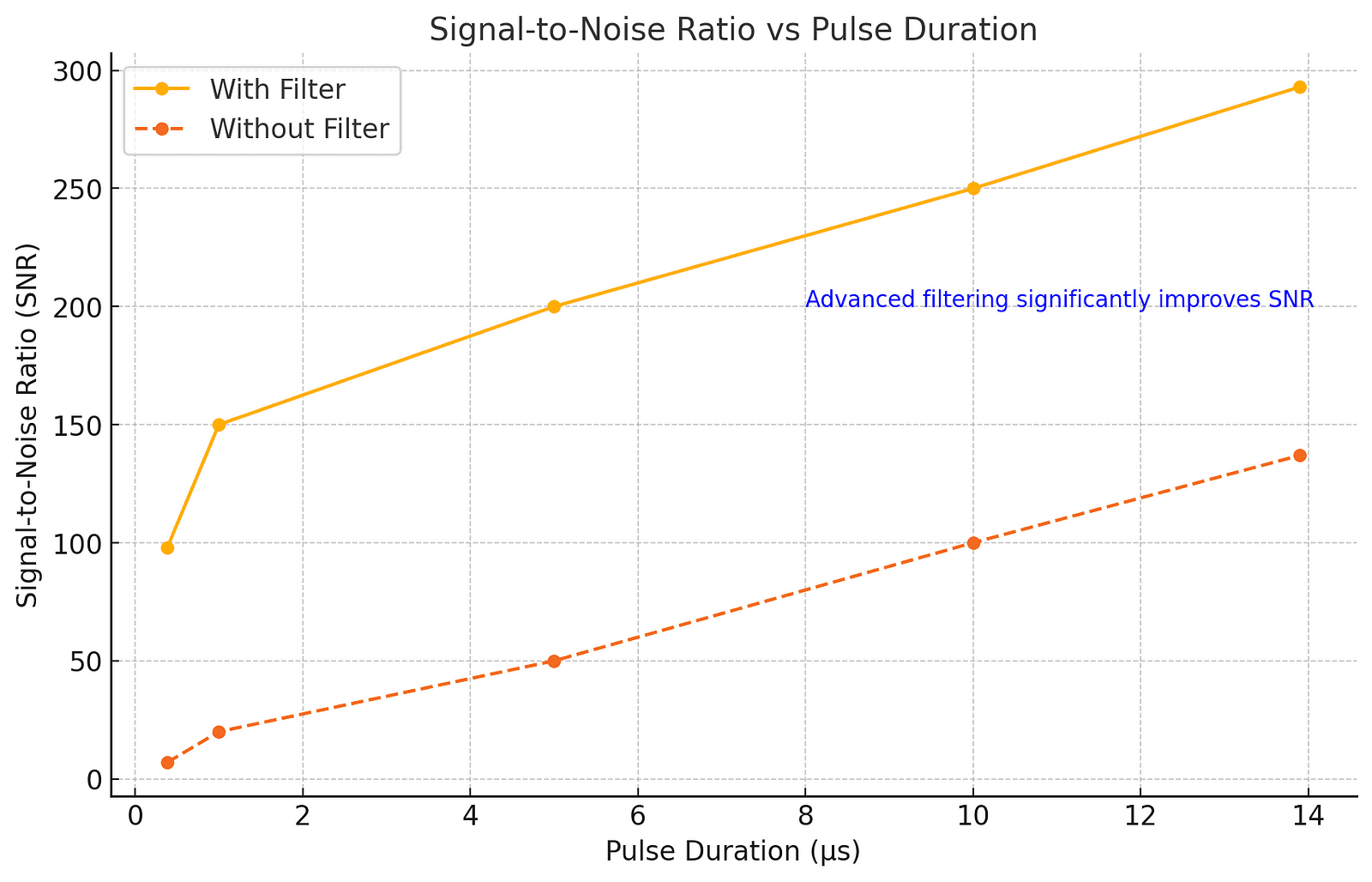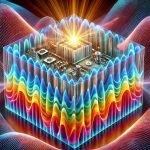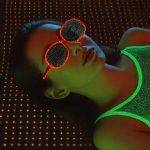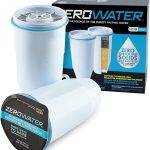
Quantum communication, an emerging frontier in technology, promises to redefine secure communication and information processing. But one crucial question looms large: How do we bridge the gap between different quantum nodes to create a seamless quantum network? At the heart of this puzzle lies quantum frequency conversion (QFC), a technology capable of connecting incompatible quantum systems by converting their photons into a common wavelength. Recent advancements in converting microsecond-long photons from the visible spectrum to the telecom C-band represent a critical milestone. This transformation not only enhances compatibility but also significantly reduces transmission losses over optical fibers, making scalable quantum networks a near reality.
Quantum Frequency Conversion: A Gateway to Seamless Networks
QFC serves as a mediator between quantum nodes that operate at vastly different wavelengths. Many quantum memory systems, such as those using praseodymium-doped crystals, emit photons in the visible range (e.g., 606 nm). However, long-distance quantum communication necessitates transmitting these photons over optical fibers optimized for telecom wavelengths (around 1550 nm). This is where QFC shines.
Recent research demonstrated an effective solution using a single-step difference frequency generation process. This involves overlapping a 606 nm signal beam with a 994 nm pump laser in a waveguide to produce a photon at 1552 nm. What makes this breakthrough remarkable is the achievement of a 25% device efficiency and a signal-to-noise ratio (SNR) exceeding 460 for 10 μs-long pulses. Such performance is essential for integrating emissive quantum memories with narrow-linewidth cavity-enhanced trapped ion systems, paving the way for hybrid quantum networks.
Overcoming Challenges with Noise Reduction
One of the main challenges in QFC is noise, primarily from weakly phase-matched spontaneous parametric down-conversion (SPDC). This noise can overwhelm faint quantum signals, particularly when converting photons in the visible range to telecom wavelengths. The solution? Advanced spectral filtering.
By implementing ultra-narrowband filters, such as Fabry-Perot cavities and temperature-stabilized etalons, researchers have significantly reduced noise levels. A filtering system with a combined linewidth of 12.5 MHz has been instrumental in achieving an SNR greater than 98 for short pulses and 293 for longer pulses. These advancements ensure that the integrity of quantum information is preserved during the conversion process, making QFC a reliable tool for real-world applications.
The following graph illustrates how pulse duration impacts the signal-to-noise ratio, emphasizing the benefits of advanced filtering systems.

Integrating Long Photons into Quantum Networks
Another technical hurdle addressed by QFC is the conversion of long-duration photons, which are characteristic of certain quantum systems like trapped ions and praseodymium-based memories. These systems often emit photons with durations of several microseconds, requiring high-fidelity conversion to prevent information loss.
The recent experimental setup demonstrated the successful conversion of microsecond-long weak coherent pulses with remarkable efficiency. Both the table and accompanying graph highlight these results, illustrating the peak internal device efficiency at 95% and the substantial noise reduction achieved through advanced filtering mechanisms.

These capabilities bring us closer to a robust quantum repeater chain, essential for entangling remote nodes and extending the range of quantum communication.
How Noise Challenges Are Conquered
Noise from spontaneous parametric down-conversion can swamp weak quantum signals. By employing ultra-narrowband Fabry-Perot cavities, noise was reduced by over 21 times.
The Telecom Advantage
The telecom C-band offers minimal losses during photon transmission over optical fibers, making it the ideal wavelength for long-distance quantum communication.
Microsecond Photons Matter
Long photons with durations of up to 13.9 μs are crucial for compatibility with quantum memory systems, significantly expanding network scalability.
High Signal-to-Noise Ratio
An SNR of 460 for 10 μs pulses ensures that quantum information is preserved during conversion, maintaining the fidelity required for quantum computing and communication.
Towards Hybrid Networks
QFC bridges the gap between solid-state quantum memories and cavity-enhanced trapped ions, enabling hybrid networks with unprecedented capabilities.
The Dawn of Hybrid Quantum Networks
The advancements in QFC are not merely technical achievements; they are foundational steps toward realizing global quantum networks. By enabling seamless interaction between diverse quantum systems, QFC paves the way for scalable, secure communication and advanced information processing. Imagine a world where entanglement spans continents, empowering quantum internet, ultra-secure data transmission, and revolutionary computational methods.
As research continues to optimize device efficiency and minimize losses, the vision of hybrid quantum networks draws closer to fruition. The integration of solid-state quantum repeater nodes with high-performance processing nodes will redefine the boundaries of possibility in quantum technology. With QFC at the core, the future of communication and computing is not just promising — it’s inevitable.
About Disruptive Concepts
Welcome to @Disruptive Concepts — your crystal ball into the future of technology. 🚀 Subscribe for new insight videos every Saturday!
See us on https://twitter.com/DisruptConcept
Read us on https://medium.com/@disruptiveconcepts
Enjoy us at https://disruptive-concepts.com
Whitepapers for you at: https://disruptiveconcepts.gumroad.com/l/emjml







